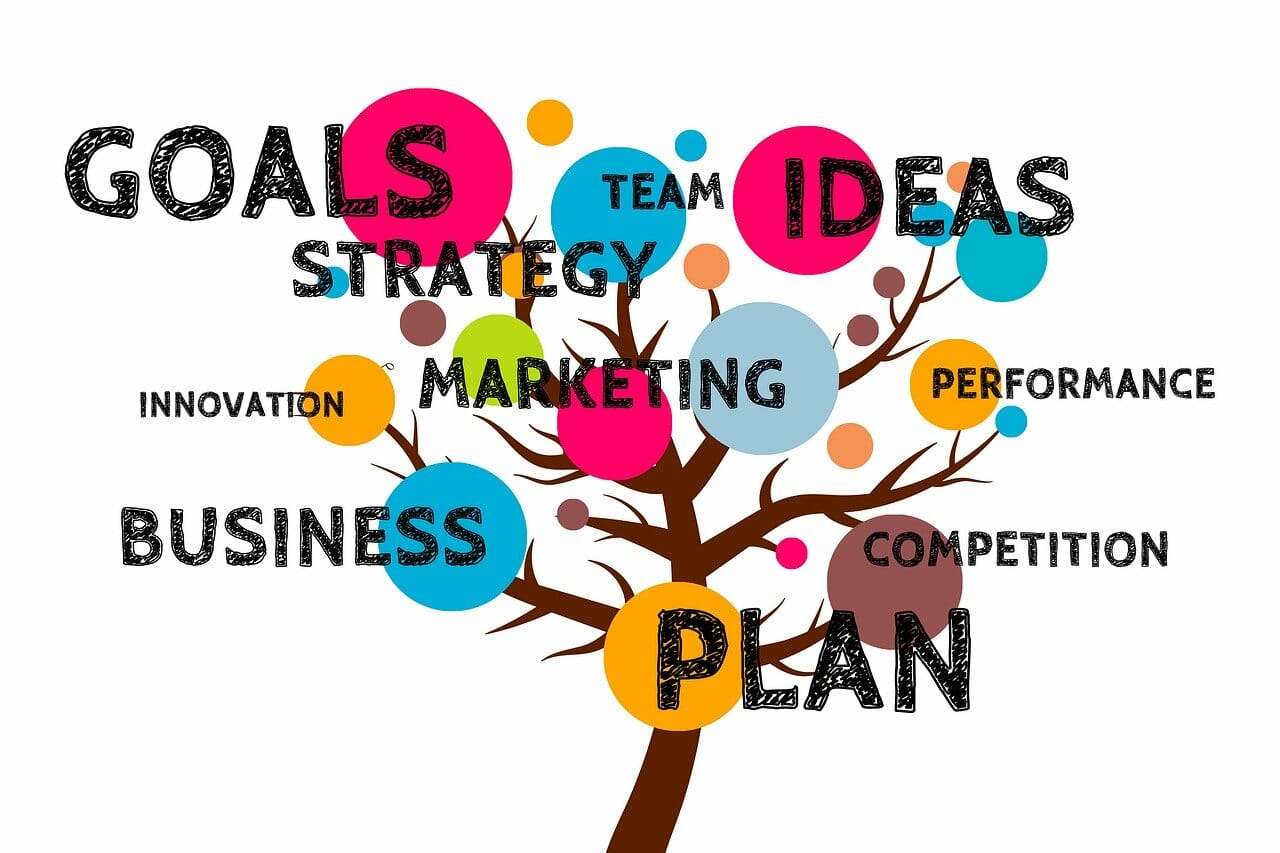
In any successful strategy to capture untapped market space, refining what you offer is essential.
By focusing not only on what to include in a product or service but also on what to eliminate, reduce, raise, and create, you can ensure your offerings align closely with customer needs while keeping costs under control.
This approach, often referred to as the Four Actions Framework, enables businesses to transform their products and services in ways that make competition irrelevant.
With AI, this refinement process becomes far more efficient, offering precise insights into what customers truly value and what they can live without.
By allowing AI to analyze data, track trends, and provide feedback, you gain clear direction on where to adjust your strategy for maximum impact without unnecessary expenses.
The Four Actions Framework isn’t just about making small tweaks. It’s about strategically sculpting your offerings so they feel tailor-made for your audience.
Each action—eliminate, reduce, raise, and create—plays a role in ensuring that your product or service is as relevant and valuable as possible, without wasted resources.
Here’s how AI can help you apply each action for a more refined, differentiated, and cost-effective approach.
Eliminate: Streamlining by Removing Elements that Add No Value
Elimination is about cutting out elements that don’t contribute to your product’s unique value or enhance the customer experience.
Often, businesses add features or services that they assume customers want but may not actually appreciate or use.
This excess can drive up costs and create clutter that confuses or deters users.
AI helps you avoid this by providing a data-driven perspective on what truly matters to your customers.
Through customer sentiment analysis, AI can identify features that customers don’t find valuable or engaging.
Tools like MonkeyLearn or Lexalytics can analyze reviews, feedback, and social media comments to pinpoint aspects of your product that may not be adding much value.
For example, if feedback consistently shows that users find a specific feature confusing or unnecessary, it’s a signal that this feature might be a good candidate for elimination.
Removing it not only simplifies your product but also cuts down production costs, creating a more streamlined and efficient offering.
Consider using prompts like these to help AI identify areas for elimination:
– “Analyze recent customer feedback to identify features that receive little to no positive mention.”
– “Identify any recurring complaints or frustrations about specific elements in my product that could suggest they add little value.”
– “Conduct sentiment analysis on product reviews to highlight features that customers find unnecessary.”
By eliminating these unappreciated elements, you’re not only saving on production but also making your product more appealing by removing distractions, which improves the overall user experience.
Reduce: Cutting Down on Overemphasized or Costly Features
Reduction focuses on scaling back elements that may be overemphasized or that contribute to a high price tag without significantly enhancing customer satisfaction.
Sometimes, businesses invest heavily in areas they assume are crucial to consumers, such as premium packaging or advanced technical specifications, only to find that these features don’t impact buying decisions as much as expected.
Reducing these elements can cut costs while still maintaining the core value of your product.
AI-driven cost-benefit analysis tools can be used to weigh the expense of various product features against the value they provide.
For example, if a product’s design has a highly sophisticated but costly component that most customers don’t even notice or value, AI can help identify this as a prime area for reduction.
With AI tools like Alteryx or Tableau, you can see how much you’re investing in certain areas versus how much customers actually care about them, allowing you to make informed decisions on where to scale back.
Some prompts that can help guide AI in identifying areas for reduction include:
– “Evaluate which features contribute most to production costs and analyze their impact on customer satisfaction.”
– “Identify areas of my product that could be scaled down with minimal impact on perceived value.”
– “Provide a cost-benefit analysis on premium aspects of my offering to determine if they are overemphasized.”
By reducing certain elements, you maintain the essential quality of your product while controlling costs, allowing you to deliver value in a more affordable, focused way.
Raise: Amplifying Features that Offer Unique Value
Raising involves enhancing aspects of your product or service that truly resonate with customers.
This could mean improving quality, expanding functionality, or increasing availability.
By raising these features, you ensure that you’re maximizing the parts of your product that set you apart and make customers feel they’re getting exceptional value.
AI can assist here by using competitive analysis to identify the unique aspects of your product that your competitors may lack, as well as by collecting and analyzing feedback to pinpoint features that customers rave about.
For example, AI might reveal that your product’s eco-friendly aspect is a key selling point that customers value highly.
With this insight, you could focus on raising the visibility or quality of this feature—perhaps by sourcing even more sustainable materials or making the eco-friendly component a central theme in your marketing.
By emphasizing and enhancing these standout qualities, you create a product that not only appeals strongly to your audience but also builds brand loyalty, as customers see their specific values reflected in your offering.
Here are some prompts that can help AI guide you in raising unique features:
– “Identify which features or qualities of my product customers find most appealing and suggest ways to enhance them.”
– “Analyze competitor products to find areas where my product offers superior value that could be amplified.”
– “Suggest improvements for highly-rated aspects of my product to increase their impact on customer satisfaction.”
Using these insights, you can focus on making your product’s best features even better, creating a differentiated offering that feels uniquely valuable without significant additional costs.
Create: Introducing New Elements to Address Unmet Needs
Creating is about adding new elements that fulfill customer needs or expectations that aren’t currently addressed.
This could be something entirely new to your industry or an innovative twist on a traditional feature.
AI can help you generate ideas for what these new elements might be by analyzing emerging trends, market data, and customer feedback, providing inspiration and direction based on concrete insights rather than speculation.
For instance, if AI trend analysis indicates a rising interest in personalized experiences, you might consider creating customizable options for your product or service that cater to individual tastes.
Alternatively, if data shows a shift toward digital solutions in your niche, you could develop an app or digital tool to accompany your product, offering convenience and added value.
AI tools like SparkBeyond or Crayon can identify trends and give you insight into where your market is heading, allowing you to create relevant and appealing innovations.
Prompts to guide AI in ideating new elements include:
– “Analyze current market trends in [niche] to identify any emerging needs that could be addressed with a new feature.”
– “Identify gaps in competitor offerings that my product could fill by introducing a new element.”
– “Suggest unique product features or services that align with the preferences of my target audience.”
With these insights, AI empowers you to innovate meaningfully, introducing new elements that make your product or service more comprehensive and aligned with evolving customer needs.
Bringing It All Together
The Four Actions AI Framework—eliminate, reduce, raise, and create—helps you refine your product or service with precision, ensuring that every element adds value while controlling costs.
By using AI to guide each of these actions, you’re able to make data-driven adjustments that directly respond to what your customers want, keeping your offerings relevant, competitive, and efficient.
This strategic refinement not only enhances your brand’s appeal but also positions your business in an uncontested market space where you’re offering exactly what customers are looking for, without the excess.
With AI as your tool, you can continuously adjust and improve, ensuring that your product or service remains a compelling choice, free from the constraints of traditional market competition.
Each step in this framework builds on the others, creating a balanced, customer-centered approach that aligns cost control with innovation, setting you up for long-term success.
Go To Blue Ocean Strategy Main







